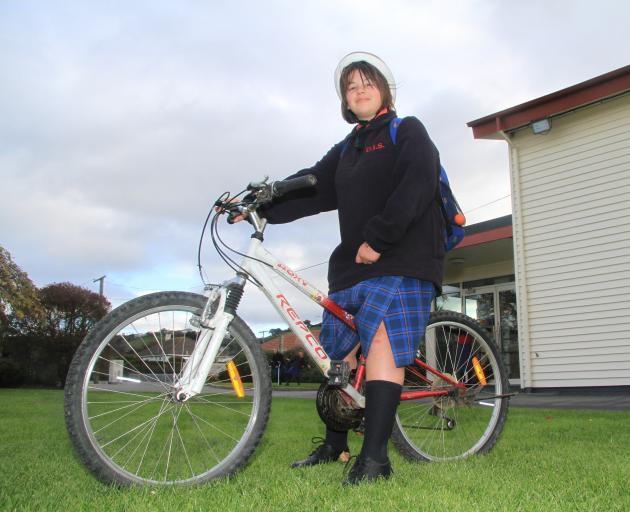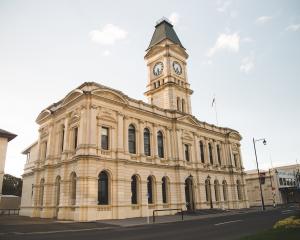
And while there were barriers to getting more pupils pedalling to school, there were opportunities in Oamaru as well, Ms Craik said.
She decided to get the wheels turning on Onya Bike last year after visiting a school she attended as a child, Oamaru Intermediate School, to organise a triathlon.
"When I went to school, there were 300 bikes in those bike sheds — everyone biked — and the day I went there ... there were two; two bikes," Ms Craik said.
"We are a safe rural community typically, but the ... difference is intolerant drivers; people have become less tolerant of cyclists on the road.
"When we used to have 300 kids riding to intermediate school, everyone knew Taward St was out. You just didn’t go down Taward St because ... it would take you ages to get through and it was too dangerous really, you shouldn’t be there.
"A critical mass of bikes, that meant that people left that route alone. ... It was a kids’ street ... at certain times of day. We’ve lost that and we need to get it back."
And while there was a lot happening across New Zealand, "there’s no co-ordinated stuff happening," she said.
Ms Craik approached 63 local authorities and now had a plan for Onya Bike that included a checklist for a complete programme that could be delivered to schools around the country.
Her plan to begin the required culture change started with one of the clients at her chartered accountancy business, Health Songs International Ltd, which regularly provided material for Unicef or the Red Cross to get important health or safety messages to children.
Health Songs International created a theme song and she created a poster, with reward stickers for children wearing high-visibility vests and helmets.
And she hoped a plan for a "bike bus", where parent volunteers picked up children and rode with them to school from designated "bus stops", would be developed with support from Oamaru police for Fenwick Primary School in Oamaru’s South Hill.
Cycle safety would start from the bottom up when children took the message home to their parents.
"Because kids actually are the best teachers, but not only that: when they grow up to be drivers they’ll be safe drivers around cyclists," Ms Craik said.
Her plan for Oamaru to be the pilot programme for a nationally available programme to get children back on bikes would cost about $46,000.
Ms Craik had already raised "pretty much half that". She needed $21,000 more and as part of the Waitaki District Council’s 2018-28 long-term plan submissions asked the council for a $15,000 contribution.
She would "find the rest" through sponsorship.











